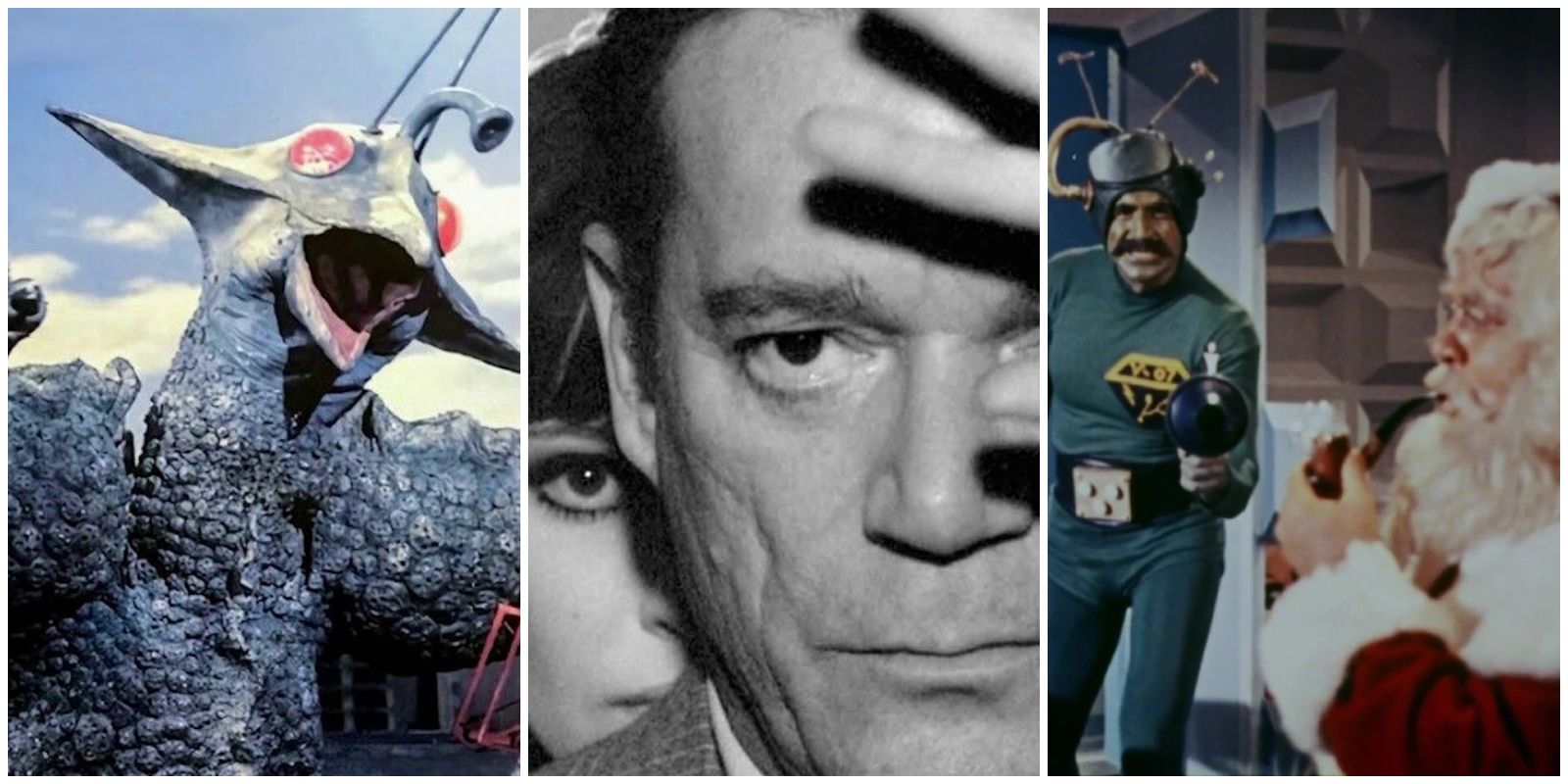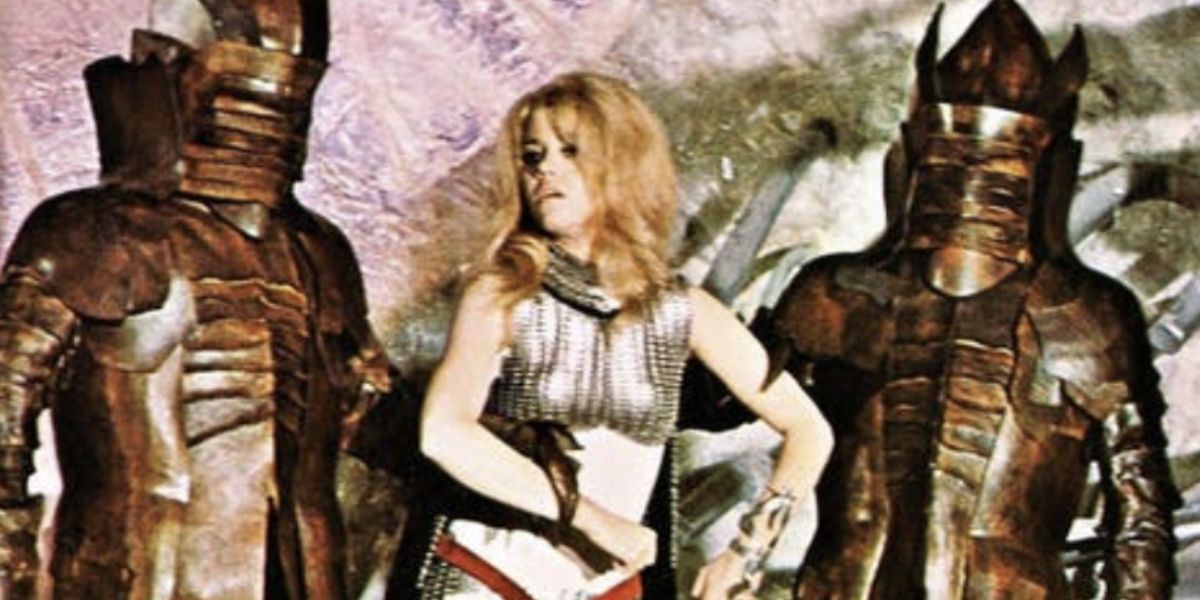The 1960s were a time of significant cultural changes around the world. Social conflict, burgeoning subcultures, and global geopolitical jousting served as fertile breeding grounds for a wide array of creativity throughout the art and entertainment industries. It's also a time when creators began to exert more agency over their work as studios loosened their grip on productions, particularly in the Western world.
The science fiction film is one of the avenues where this creativity is most apparent. It was obvious that sci-fi was taking unprecedented leaps and bounds worldwide. While the 1950s saw an evolution of sci-fi in its own way, the 60s took things further.
10
Mothra Was The First Japanese Kaiju Film With Eastern Flavor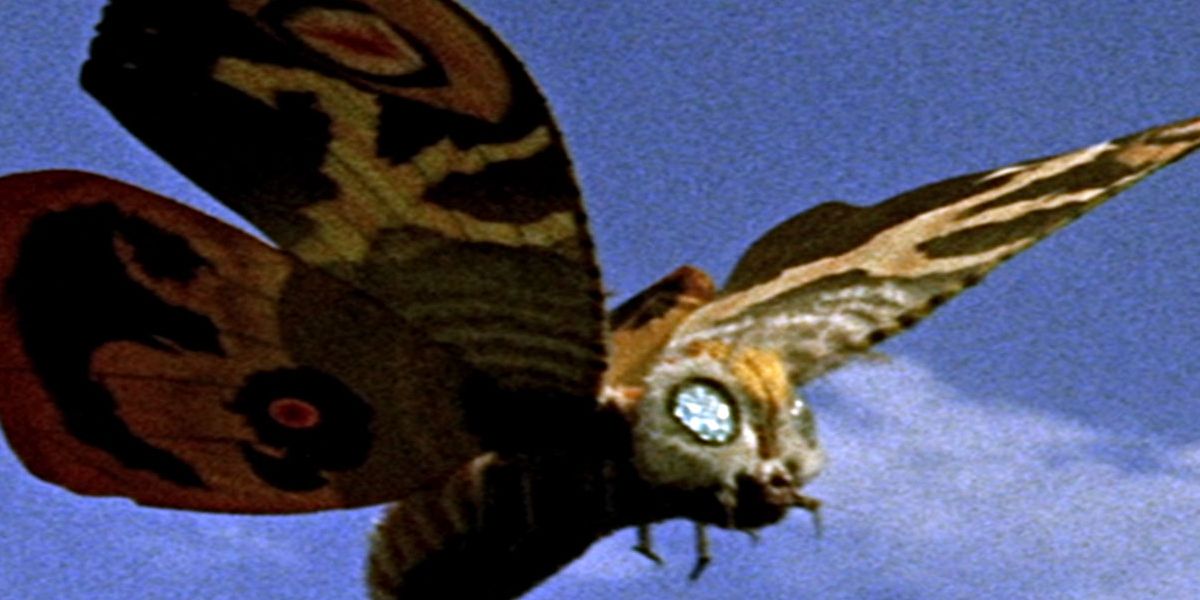
Mothra is a unique film. Though not the first Japanese kaiju film, it easily sets itself apart from its predecessors. While Godzilla and Rodan featured both titular creatures and subject matter of obvious influence from any number of Western monster movies, Toho took huge strides with its newest creature.
Mothra was much bolder, taking on a strikingly unique look for its creature, and going so far as to expand the usual atomic warfare line. The fictional nation of Rolisca represents the United States and Russia and reflects nuclear anxiety through the framework of the Cold War. The scenes in the film featuring Mothra's native island are purely psychedelic.
9
The X From Outer Space Is Totally Groovy, Dude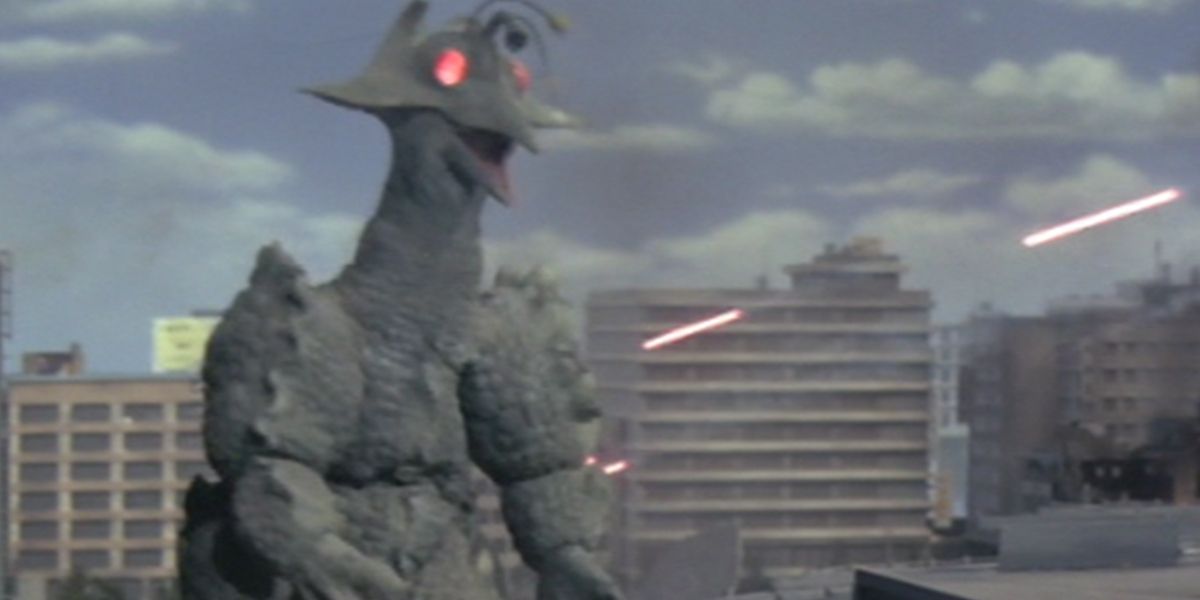
The X from Outer Space is a bizarre film even by Japanese kaiju standards. Not only is it almost entirely nonsensical, but featuring generic 60s pop music and bossa nova music in its soundtrack help ensure its place among the most notable examples of its genre.
The X from Outer Space was released at a pivotal moment in the decade: 1967. It reflects the politics of the growing Women's Movement with its placement of female characters in more positions of authority than many other films of its ilk and shares its era's obsession with space exploration. What it doesn't do is take itself seriously.
8 Barbarella Encapsulated The Psychedelic Era
Barbarella, the 1968 adaptation of the French comic series, maintains a rather infamous place in the science fiction film canon. It has also served at the center of debates around feminism, sexism, and misogyny in the film industry, with opinions ranging from being a sex-positive liberation film to just another slab of adolescent male fantasy.
What there's no debate about is the film's place as an all-time psychedelic cult phenomenon. Fans have embraced Jane Fonda's infamous turn as the Barbarella character since the film's release. After Cat Ballou, no other film did more to shoot her into global stardom at the time.
7
Fantastic Voyage Made Audiences Queasy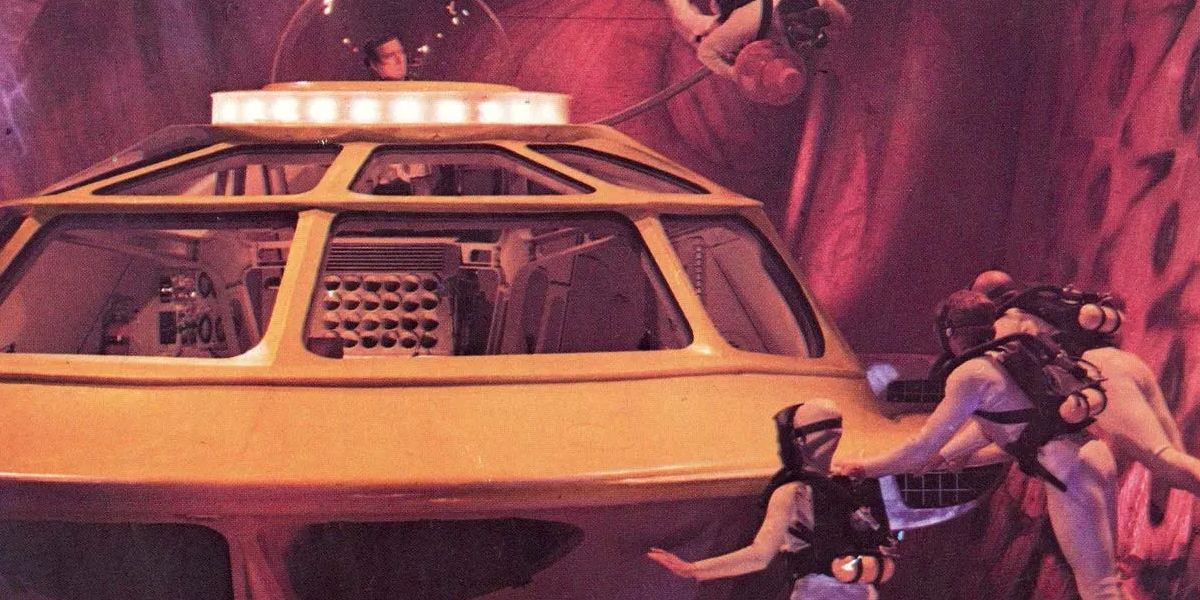
Fantastic Voyage did more than most other science fiction films of its era to promote sickness and unease in its audience. The film, an adaptation of a short story about a submarine crew shrunk in order to go inside a human body to fix an injured brain, is entirely faithful to its source material. The film takes place in a world where the United States and Russia have developed technology to shrink atoms.
However, this technology works only for an hour, which seriously complicates matters when the crew encounters difficulties and must reroute on their biological trek. Fantastic Voyage is renowned for its use of special effects, making it one of the most colorful and visually striking sci-fi films of its era.
6
Seconds Confronted The Alienation Of Corporate Conformity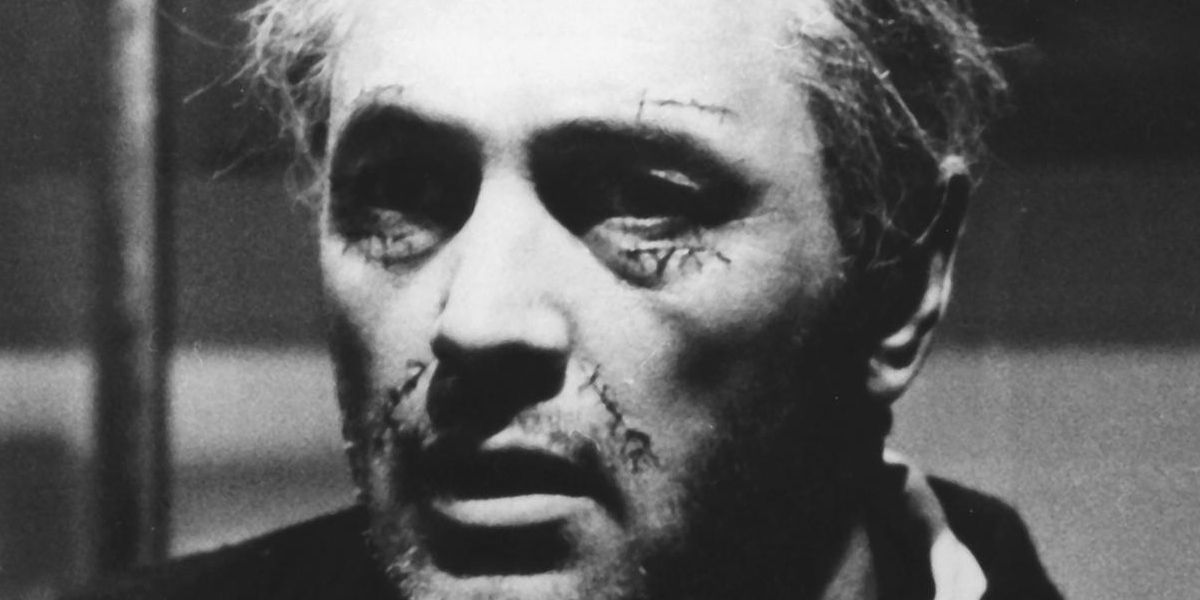
Seconds is a provocative film about a man who, dissatisfied with his life as a bank executive, goes about quite literally changing it. Through shifting identities, he, along with the audience, are transported down a rabbit hole of instability and deception.
Seconds isn't director John Frankenheimer's first foray into paranoia, but it is his first to do so through the lenses of science fiction and psychological horror. It's also the only film of its kind for actor Rock Hudson, who was generally known for romantic dramas and comedies with Doris Day at this time.
5
Matango Commented On Western Obsession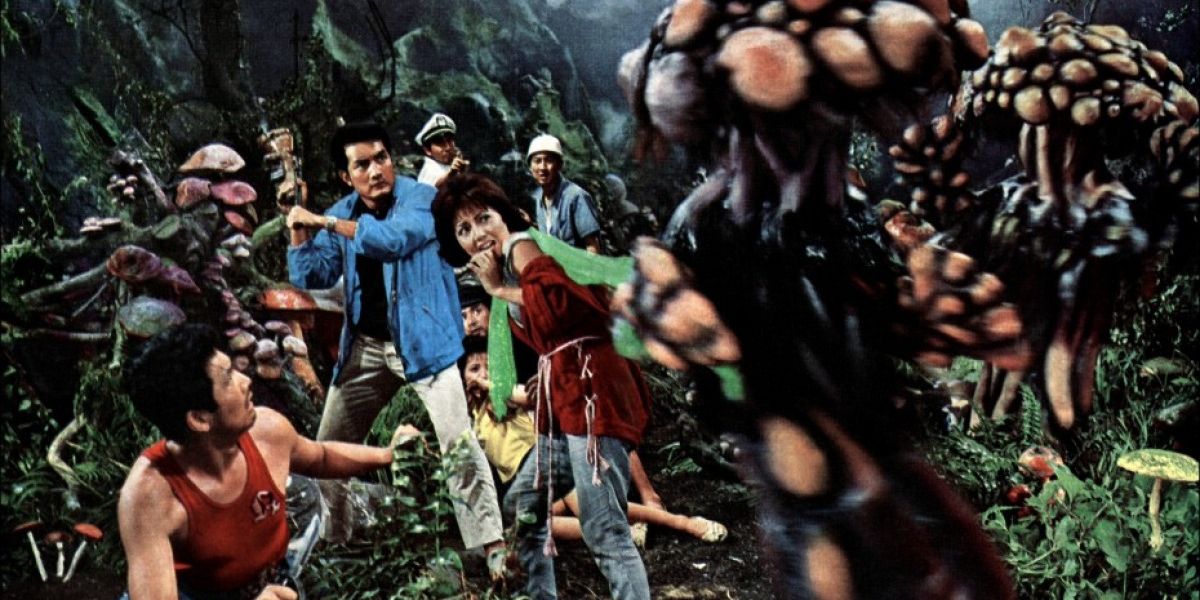
Matango was director Ishirō Honda's attempt at darker subject matter than his usual kaiju fare. It's also a subversive commentary on his own directorial output. In the film, the more people who become "Americanized" (Honda's words) means more people causing havoc after turning into giant mushrooms.
Matango is one of the strangest films on Honda's resumé. Based on a William Hope Hodgson short story, it nonetheless adapts to a modernized Japan smitten with the economic comforts of the Western world. This is interpreted as a loss of autonomy in the film's world.
4
Gamera: Godzilla But Sillier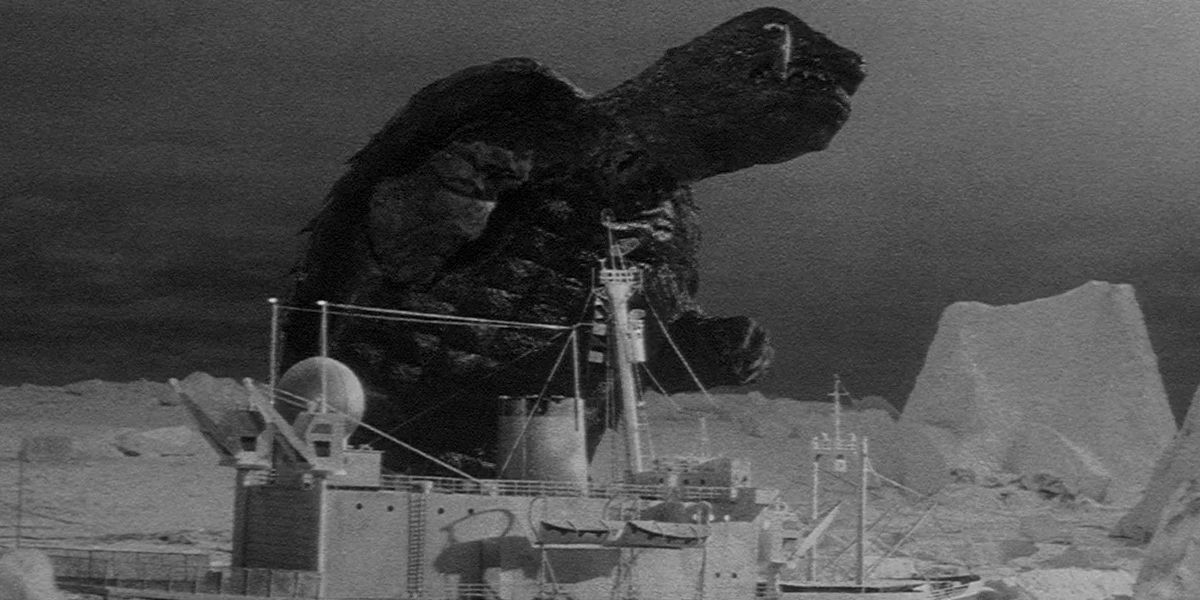
Godzilla's greatest kaiju competitor, Gamera, debuted in 1965's Gamera, the Giant Monster. Like Godzilla, Gamera is awakened by an atomic explosion, breathes a dangerous substance, stomps through Tokyo, and has a signature roar. However, Gamera is also a jet-propelled super-turtle with a fondness and empathy for the young children of Tokyo.
Gamera, the Giant Monster is also a sort of underdog champion of Japanese science fiction films because of the circumstances of its creation. A tight budget and even tighter shooting schedule forced the crew to use outdated props to finish the film. As a result, it was the laughingstock of Daiei studios.
3 Alphaville Saw A Great Artist Make His Imprint On Sci-Fi
The great French filmmaker Jean-Luc Godard created one of science fiction's most indelible films with 1965's Alphaville. Its world features a conflation of time that leaves its arrangement of history in disarray and perpetual flux. Dystopian at a time before that was a cliché, Godard presents a vision of the future in which our memories are unreliable and our humanity conflicts with puritanical tech.
Alphaville makes no use of futuristic set pieces, choosing instead to frame its world inside modernist Paris. It relies on the concept of 'scientism' to set the rules of its world. The film noir era look of Lemmy Caution is meant to conflict with the techno-dictatorship of the film.
2
The Nutty Professor Was A Madman's Confirmation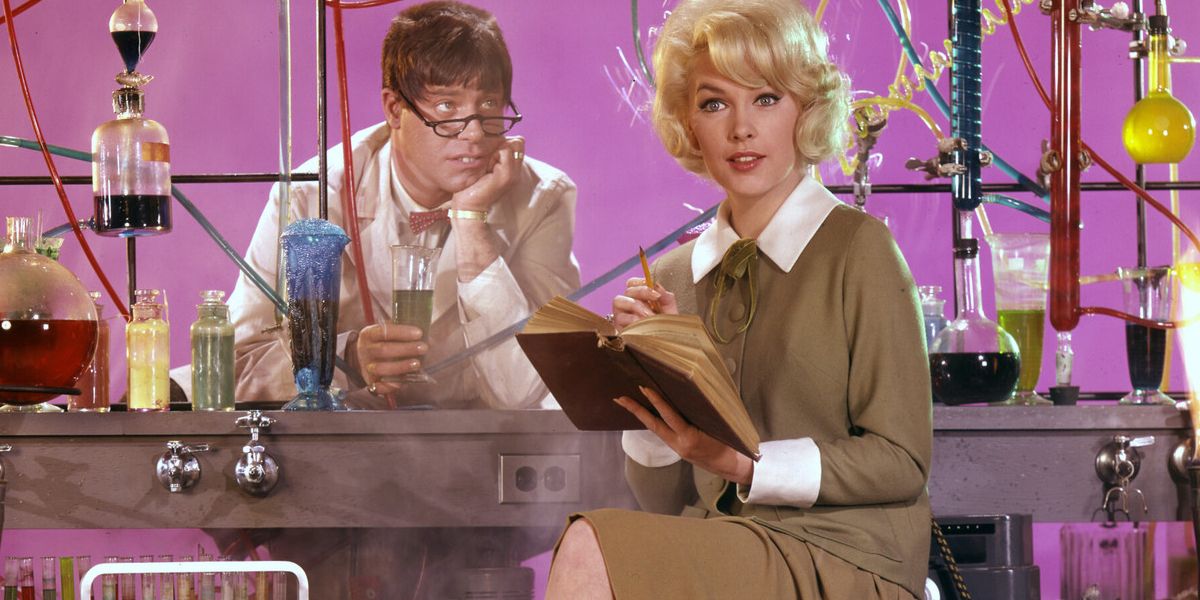
The Nutty Professor was the brainchild of Jerry Lewis, who starred and directed. It features his usual zany antics, but they're severely ramped up. This Jekyll and Hyde parody pits the star's persona as awkward and inept against the changing sexual mores of the time.
The Nutty Professor is a weird experience. Lewis inhabits so much of the screen's presence that he becomes almost unbearable. The film's indignation is something to behold. The Buddy Love character is a parody of Lewis's one-time screen companion Dean Martin.
1
Santa Claus Goes To Mars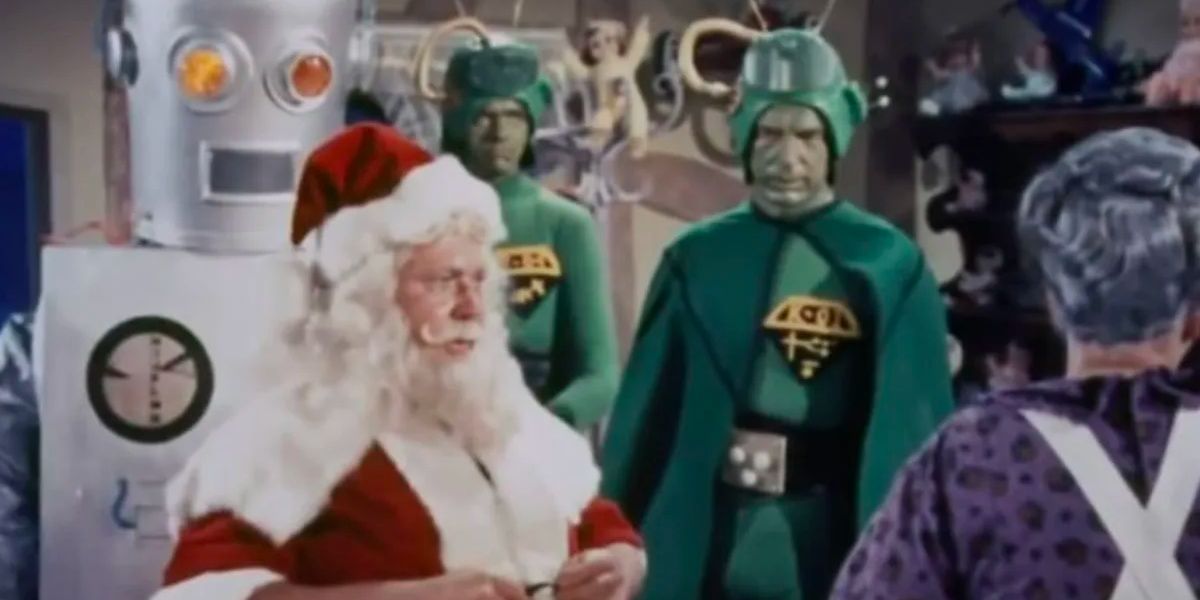
Santa Claus Conquers the Martians is among the weirdest of the weird. After determining that the children of Mars need to have more fun injected into their lives, a group of Martians decide to kidnap Santa Claus in order to bring joy to their kids' lives.
A consultation with an 800-year-old Martian sage is just one of the bizarre moments in Santa Claus Conquers the Martians. The Martians' green face paint and overall attire are some of the film's most recognizable features. Though not generally well-known, it has become a cult sensation.

